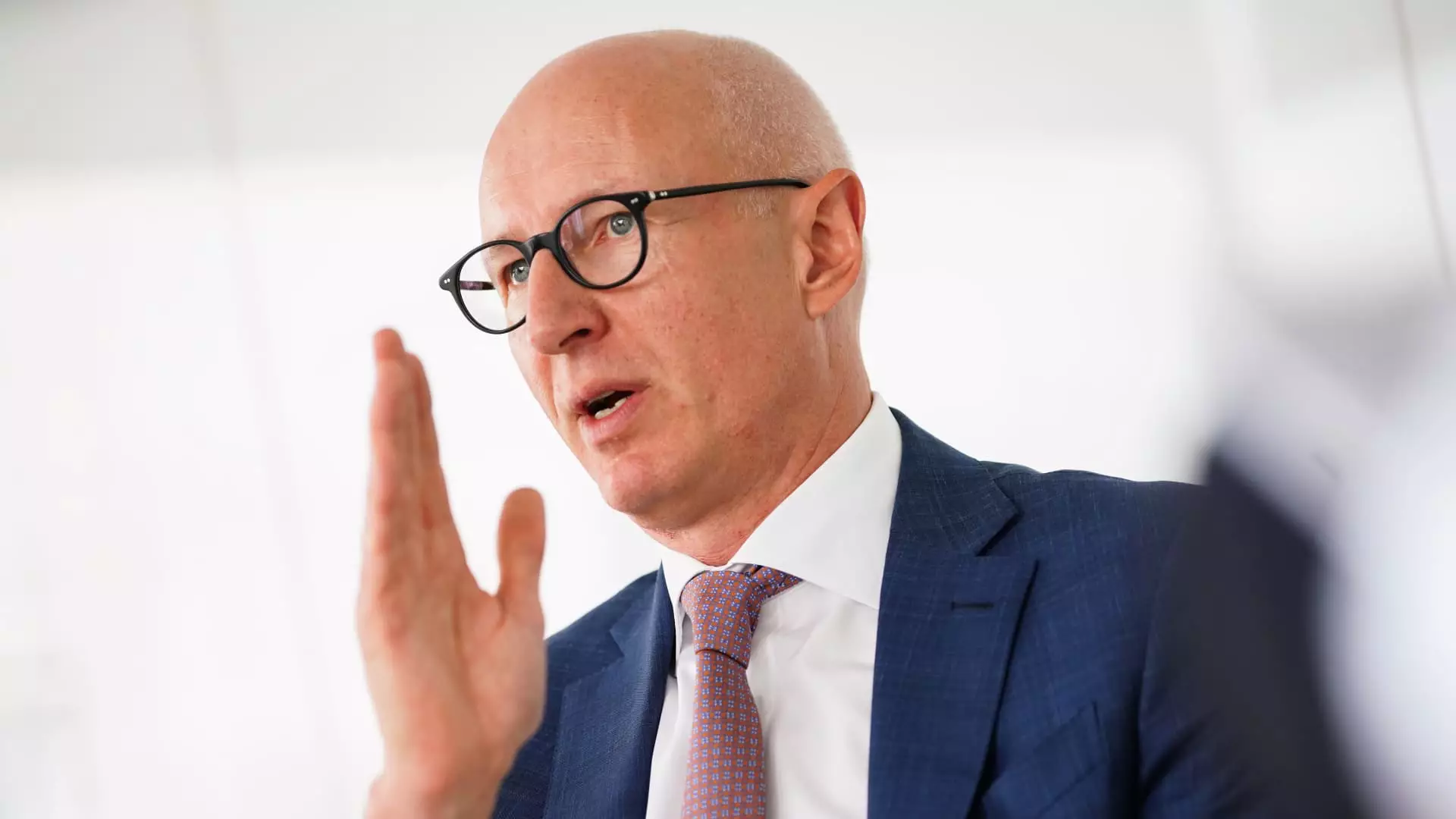On an impending Tuesday, the CEO of Novo Nordisk, Lars Fruergaard Jørgensen, is set to face tough scrutiny from the Senate Health, Education, Labor, and Pensions Committee concerning the staggering costs of two of the company’s marquee products: the weight-loss drug Wegovy and the diabetes medication Ozempic. The anticipation surrounding this hearing is not merely about corporate transparency, but rather a broader examination of the pharmaceutical pricing landscape in the United States—where the costs of medications diverge sharply from those in other nations. This inquiry, spearheaded by Vermont independent Senator Bernie Sanders, aims to unveil systemic discrepancies in drug pricing practices and demand explanations for the profound financial burden placed on American patients.
One of the more shocking revelations in the Senate’s ongoing investigation is the glaring contrast in drug prices between the United States and other global markets. Research indicates that prior to any insurance adjustments, Ozempic can tag a patient with a monthly bill of nearly $969, while Wegovy can soar to approximately $1,350. Meanwhile, patients in parts of Europe enjoy these medications for under $100 a month, provoking questions about the rationale behind such substantial price tags in the U.S. Senator Sanders has highlighted that these drugs are available in Germany for a mere $59 per month and in the U.K. for about $92. The disparity raises crucial ethical questions: Is it fair for American consumers to shoulder the financial weight disproportionately for medications that seem comparably affordable elsewhere?
Generic Alternatives: Missing in Action
Another critical aspect of the discussion revolves around the lack of generic alternatives for drugs such as Ozempic. Sanders has communicated that negotiations with generic pharmaceutical executives suggest they could produce a version of Ozempic at a profit for less than $100 per month. However, the absence of these more affordable options exacerbates the situation, restricting American patients to the corporate prices set by Novo Nordisk. As we survey the healthcare landscape, the need for competition becomes increasingly apparent—competition that could not only help stabilize but potentially lower drug prices for the average patient grappling with diabetes or weight-related health issues.
The Economic Ramifications of Skyrocketing Drug Prices
The escalating costs associated with these weight-loss and diabetes medications are not merely individual burdens; they represent a noteworthy economic concern for the healthcare system as a whole. The Senate Health Committee posits that should half of all Americans opt for these medications, it could bear a staggering annual cost of $411 billion. This figure even surpasses the total spending on prescription drugs in the U.S. for the year 2022 by $5 billion. With Medicare alone spending $4.6 billion on Ozempic last year, it becomes clear that unless measures are taken to curb these prices, the funding dynamics of the U.S. healthcare system could be rendered unsustainable.
As these critical discussions unfold, they intersect with broader endeavors by governmental bodies, including the Biden administration, to mitigate health care costs. With a striking average that sees Americans paying two to three times more for prescription drugs compared to their counterparts in other developed nations, there is palpable urgency to reform. The potential inclusion of Ozempic in forthcoming price negotiations under the Inflation Reduction Act signifies a vital step towards addressing these disparities. If negotiations take place in 2025, with potential price changes implemented by 2027, it could herald a shift in how prescription drugs are priced and accessed in the U.S.
Overall, the impending Senate hearing serves as a crucial touchpoint in what could evolve into a significant turning point for pharmaceutical pricing transparency and accountability in the United States. The implications extend beyond Novo Nordisk as they resonate throughout the entire healthcare system, prompting necessary discussions on how medications are priced and made accessible. As the U.S. grapples with both systemic healthcare challenges and the ever-increasing costs of essential medications, the outcomes of this investigation may hold significant sway in shaping a more equitable drug pricing model for the future.


Leave a Reply